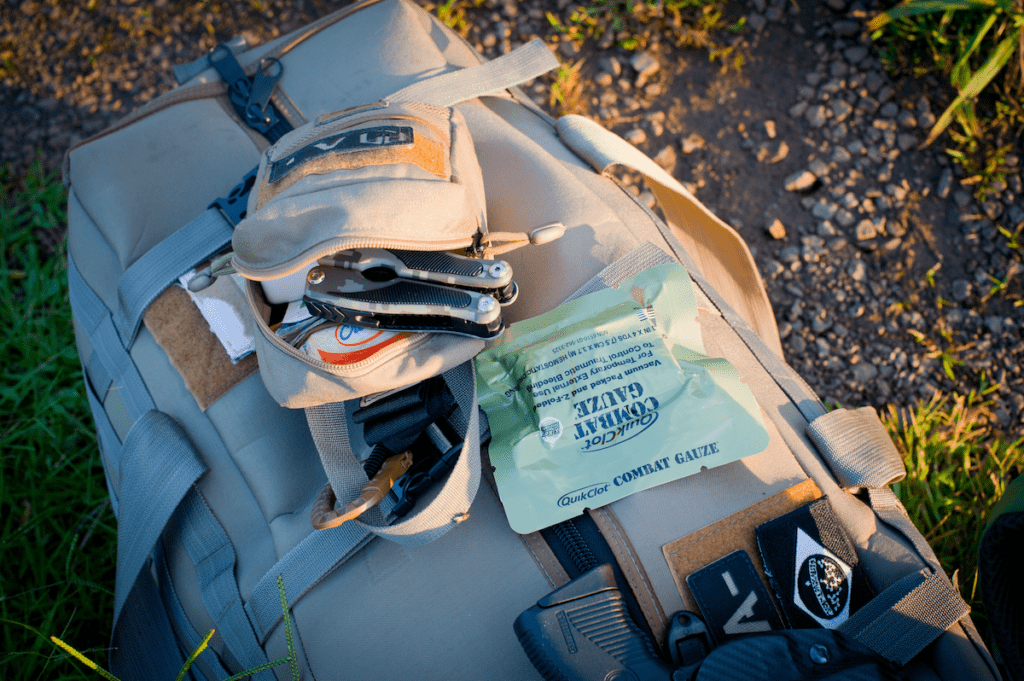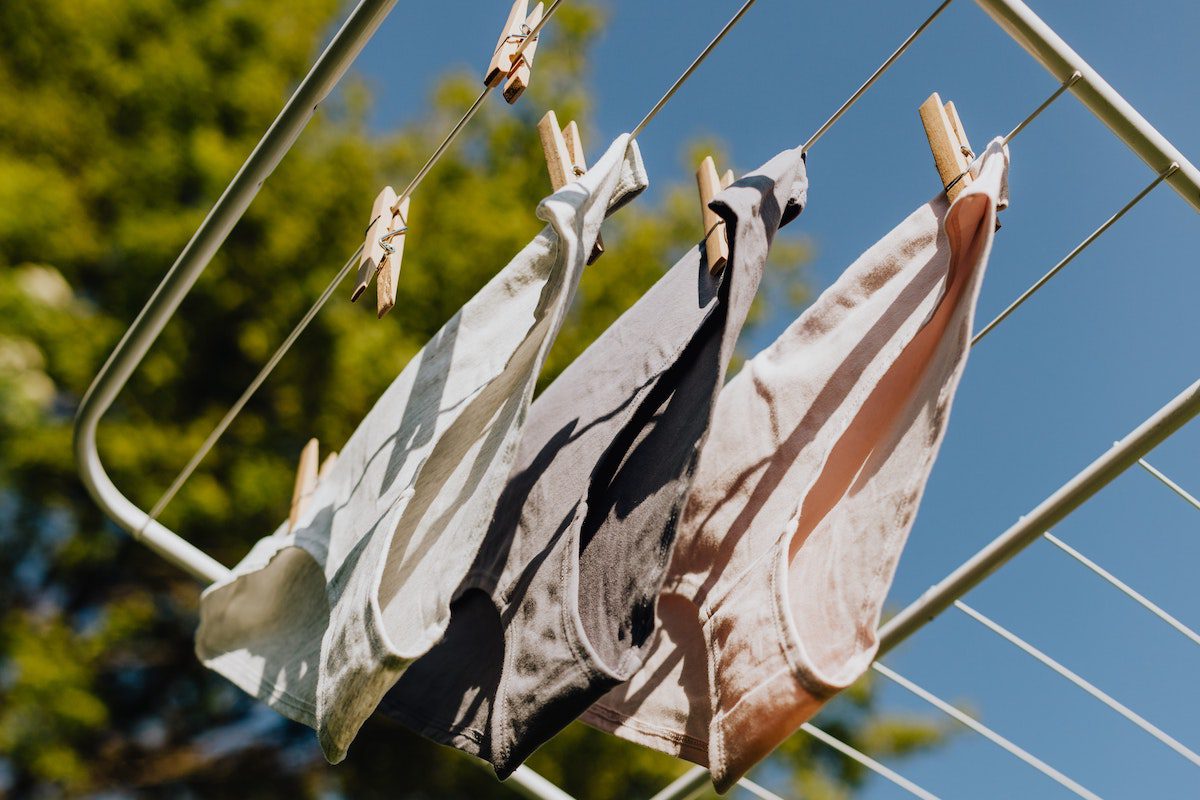What to Pack in an Emergency Survival Kit
A fun thing about being a military spouse is that I’ve moved four times in the last four years. Each location seems to bring a new natural disaster. We’ve prepared for ice storms, wildfires, tornadoes, and hurricanes. Oh! And an atmospheric river.
Preparing for our first major hurricane, I realized we needed an emergency kit. I was overwhelmed and wasn’t sure how much we needed. I stockpiled enough peanut butter, toilet paper, and tuna to last us a lifetime. (It was a little excessive!)
Having a kit makes me feel a little more prepared, even if I truly hope I never need to use it. (Full disclosure, ever since I volunteered with the Red Cross, I’m one of those people who always have a first-aid kit in their car or while traveling. #besafe!)

What should be included in a survival kit
Here are my must-haves:
- Water
- Non-perishable food
- Medication or prescriptions
- A change of clothes
- Flashlights, batteries, and/or candles and lighters
- A first-aid kit
You can put as much, or as little, as you want in your kit, but consider where you live and what you’re at risk for. At the minimum, ensure you have enough food, water, and medication for every family member — including kids and pets. FEMA says, “Being prepared means having your own food, water, and other supplies to last for at least 72 hours.”
I also recommend a portable phone charger, a fireproof safe (I ordered this one at the start of fire season this year), and cash.
“People who live in an area with many natural disasters may need to carry more items specific to their location, such as a shelter, map, waterproof gear, or dust mask,” says Krista Elkins, RN, paramedic, and former wilderness medicine instructor.
How to keep an emergency survival kit up-to-date
Don’t just pack and forget it. Elkins recommends checking emergency kits at least annually. Check expiration dates — especially for food or batteries. (You might be desperate, but you probably don’t want to eat rancid tuna.)
How to pack an emergency kit if you live in a small space
Start with the basics if you live in an apartment or smaller space. You don’t need, and probably don’t have room for, an entire doomsday-style kit.
“When crafting an emergency preparedness kit for a small living space, it is important to add smaller items that pack a big punch,” says Steven Grella, Red Cross instructor, certified EMT, and founder of Lifeguard LI, an organization focused on safety and preparedness. “My number one recommendation when starting your kit would be to include an emergency manual-crank radio/flashlight.”
If you’re already overwhelmed, FEMA and Ready.gov each have extensive supply lists and printable resources. You can also buy emergency kits or supplies through Amazon, The Red Cross, or REI.
Once you have your kit started, don’t forget to store it in an easily accessible space. (It won’t help if you can’t reach or find it quickly!) Store it in whatever makes the most sense for you — a backpack, storage tote, or bin are all great options.
I hope none of you have to use your emergency kit, but have fun and be safe!












